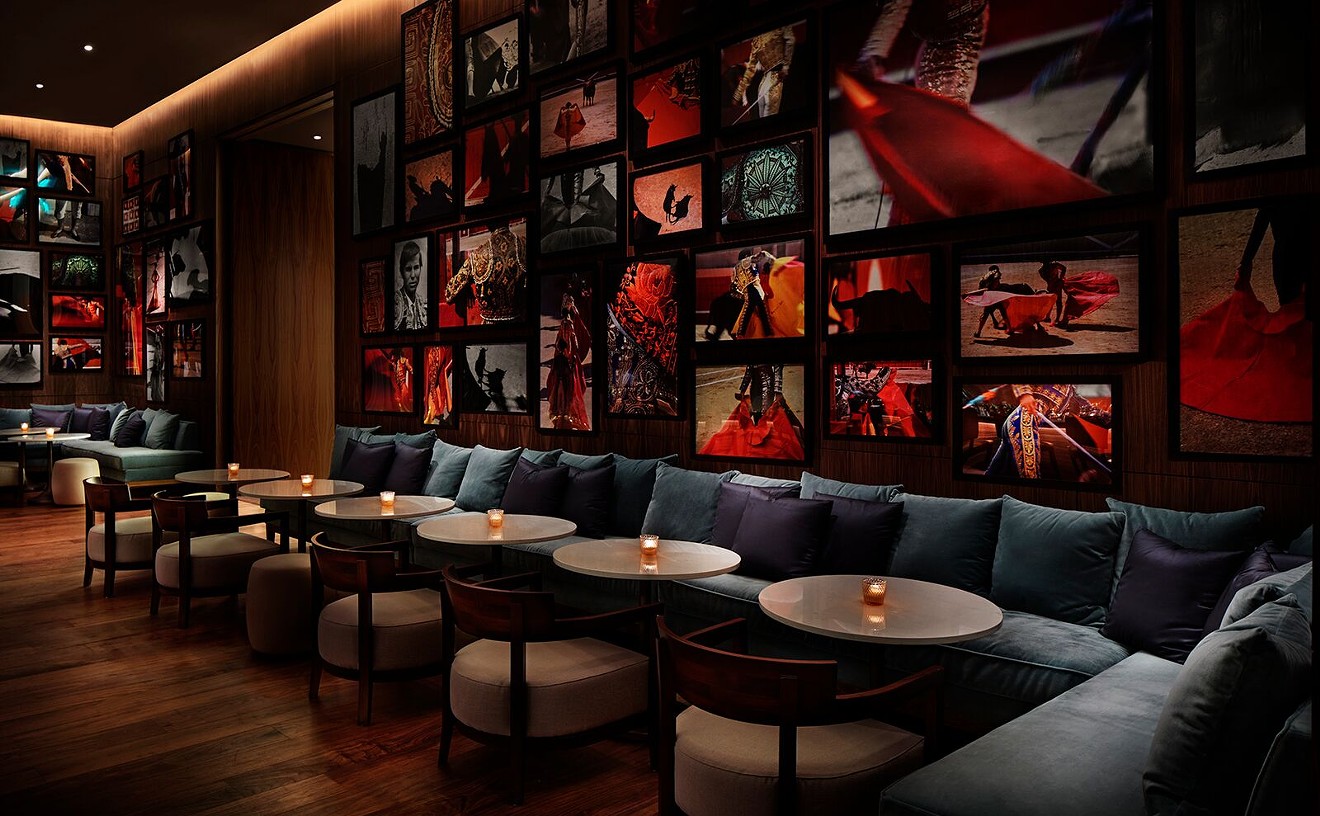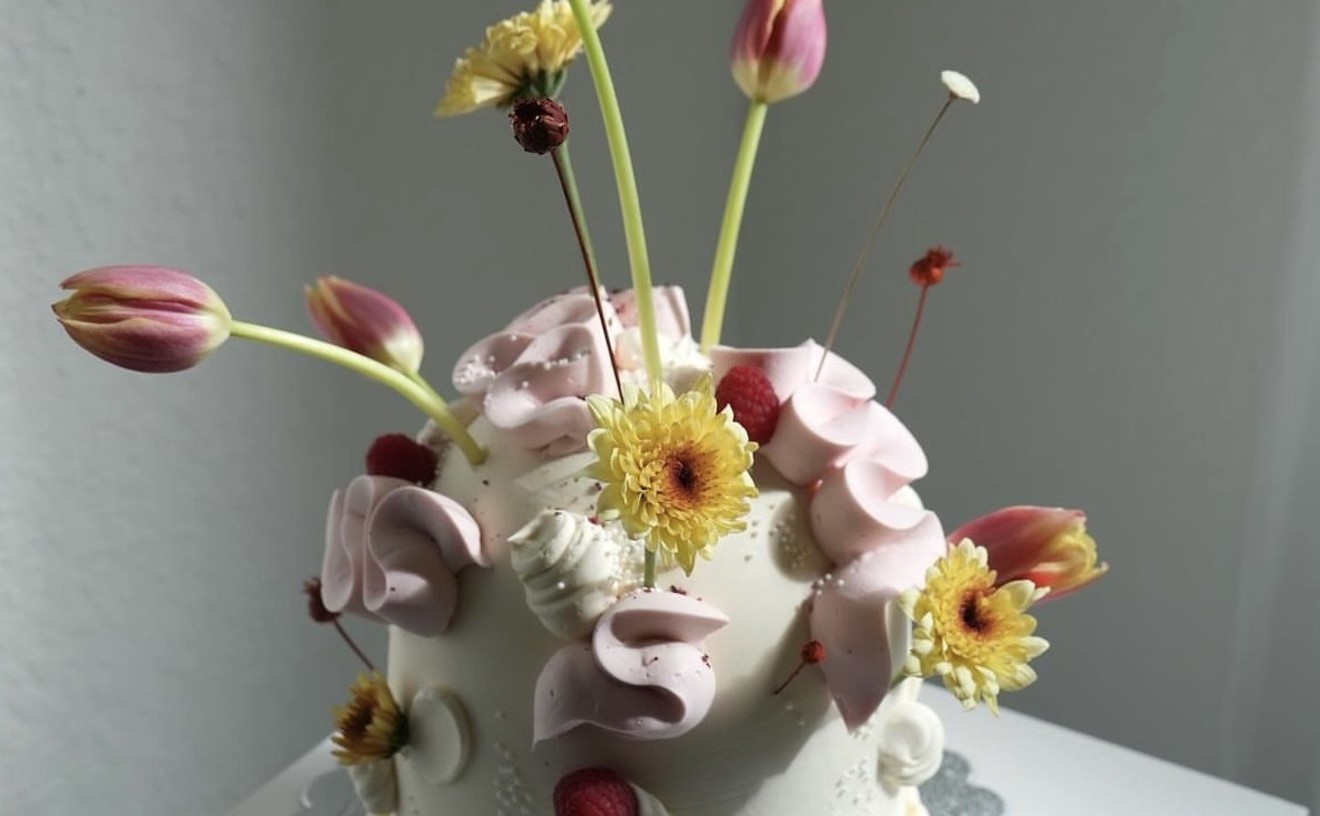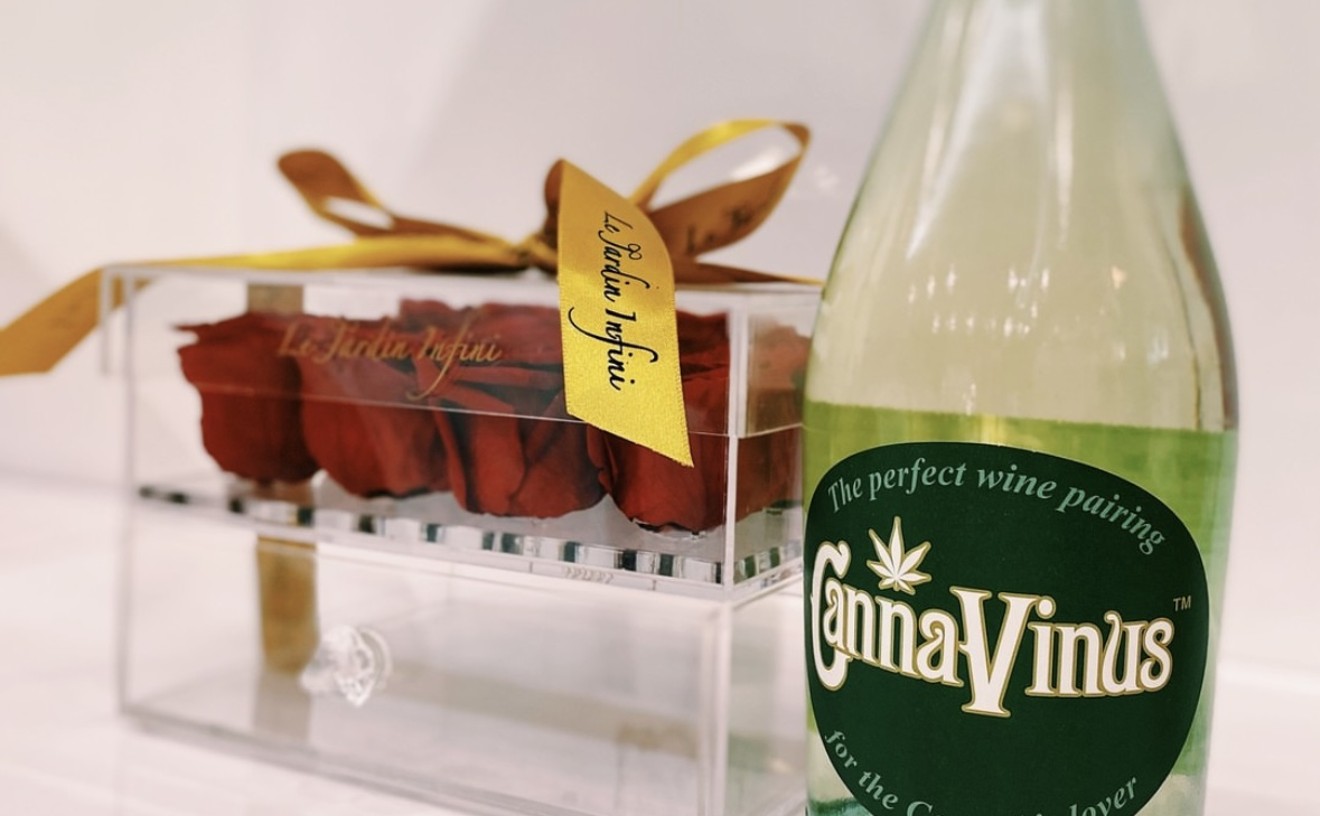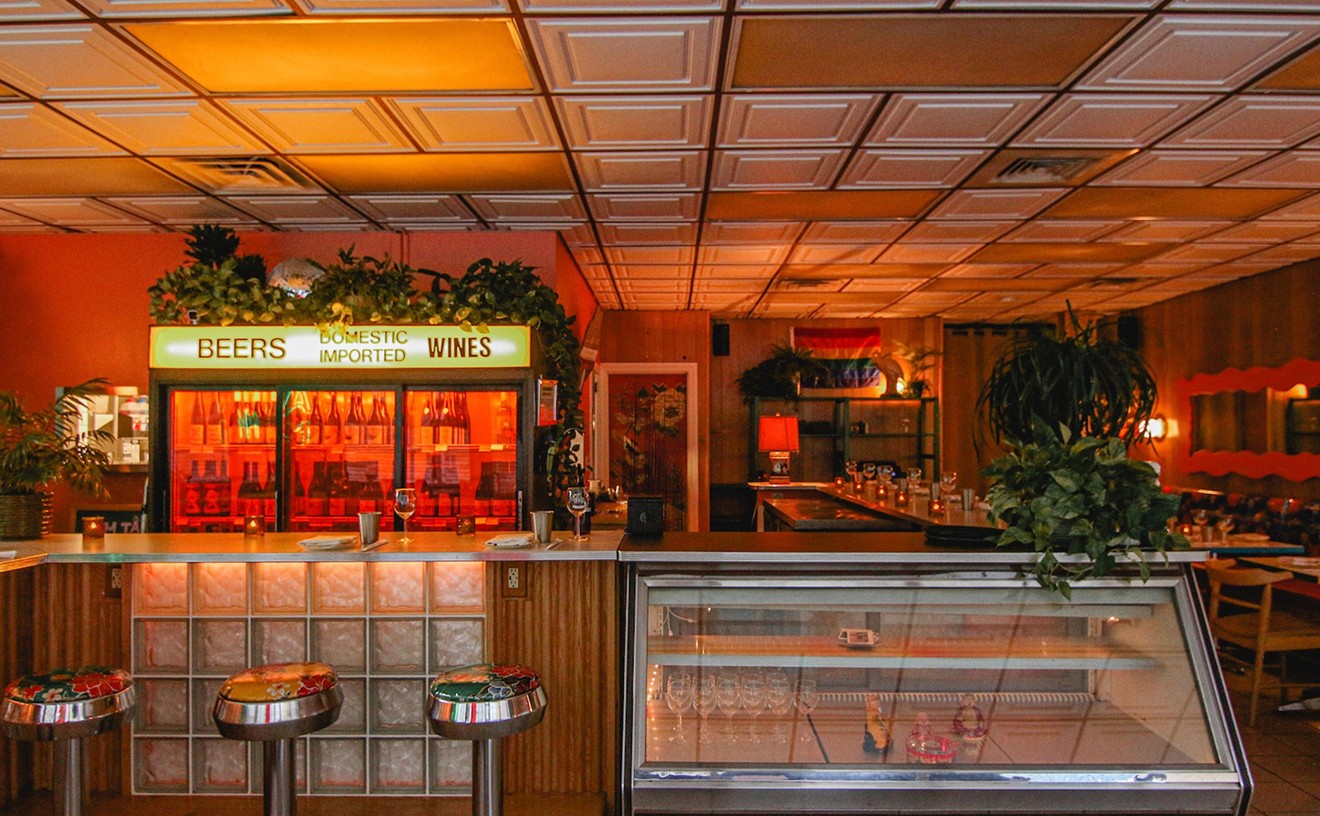You might miss the entrance to the Miami Club Rum distillery (2320 N Miami Avenue, Miami), housed alongside the locked galleries and thrift shops that line North Miami Avenue in Wynwood. The nondescript building is rather small when compared to most rum distilleries in the Caribbean, which come equipped with visitor headquarters, chickee huts, and large storage facilities.
But Matt Malone, President, Master Distiller, and CEO of the first (legal) distillery in Miami, wouldn't have it any other way. Malone himself opened the doors to the distillery to conduct our private tour. The lobby/visitors lounge looks like Don Draper's Miami hideaway, complete with bar, mid-century leather couch, and three-dimensional moonscape.
The walls are filled with black-and-white photos of bathing beauties
from the '50s and '60s, taken by Miami Beach's official photographer at
the time, Chris Hansen. Everything in the visitors lounge and distillery was
bought in south Florida -- from the hangings on the wall to the
sugarcane used in the production of rum. Malone's goal is for his rum
to be both libation and unofficial spokesperson for the Miami of your
dreams where salsa music plays as beautiful people sip on Mojitos under a
silvery moon.
The process of starting a rum distillery is not all cocktails and
moonlight. There's rum to be made. In fact, by the mere nature of
spirits making, you can't even start selling your product until it
matures and is ready to be bottled. Malone, using a recipe for rum from
his wife's family in Puerto Rico, produces about 5,000 cases of light
rum a year. The company is now in the process of stockpiling enough rum
to fulfill advance orders, and will start selling at boutique liquor
stores, bars, restaurants, and at the duty-free shops at Miami
International Airport, where it's sure to be a hit with international
visitors wanting to bring back something more interesting than a sack of
oranges.
The distillery itself is small. Salsa plays 24-hours a day,
infusing the rum with music as it ages. Malone jokes that the rum is his
third child (he has two "real" kids with his wife, a Montessori
teacher), but you can see how passionate he is about his product. Each
fermentation and aging tank is named after a different beauty with ties to Florida.
The fermentation tanks, named Greta, Ann-Margaret, Eva, and Rock Hudson, are filled with sugarcane and yeast, making a basic sugarcane wine. The sugarcane all comes from local fields. Each Monday, a new batch is made and the yeast is left to break down the sugar.
From time to time, the yeast is moved the old fashioned way - with a wooden paddle.
The "wine" is then moved to the distiller -- named Sugar Lips -- and heated to above the boiling point of alcohol. The alcohol vapors then travel up a pipe, then are cooled back to liquid form. The product is separated into three different vats -- the head (unwanted product which is recycled into cleaning solvent), the tails (not quite good enough to be aged into Miami Club Rum), and the corazon, or heart. This is the 180-proof pure rum that will be further distilled and then transferred into aging tanks.
The rum is transferred into specially designed music infusion tanks, named after famous singers (Celia, Shakira, Gloria, and Calia). The tanks are also filled with French toasted oak, similar to what Pouilly Fuisse is aged in. The oak is what gives the rum its honey finish. Aged 90 days and filtered 20 times, the rum is now ready to be bottled.
The rum is hand bottled using an antique wine bottler. "Everytime I see it, it reminds me of a dog just out of the vet (wearing the cone of shame)," says Malone.
What results is a light bodied rum that's very versatile. Malone told us that about 80 percent of white rum is mixed with Coca-Cola, so his goal was to design a rum that would compliment that. Miami Club Rum was designed to have a hint of citrus, with a subtle sweet finish.
After Miami Club Rum's launch in July, Malone plans to start production on two other rums, Pirate Hunter spiced rum, and an añejo dark rum aged in oak and cognac barrels. Malone also has plans for the community he's made his home.
Ten percent of net proceeds from Miami Club Rum will be donated to the Azuka Foundation with the goal of opening a tuition-free Montessori school to serve the Wynwood/Overtown neighborhoods. Malone also plans on working with local musicians to hold small fundraisers in the distillery's back yard.
But for now, there's rum to be made... and enjoyed. If you want a backstage tour of Miami's first rum distillery (and a first taste of Miami Club rum), the distillery is open for tours Tuesday and Thursday by appointment only. Contact Matt Malone on Twitter @MiamiClubRum for more information.
Follow Short Order on Facebook and Twitter @Short_Order.











